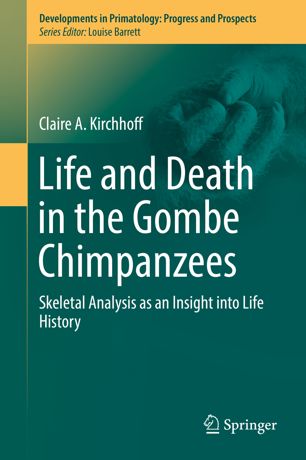

Most ebook files are in PDF format, so you can easily read them using various software such as Foxit Reader or directly on the Google Chrome browser.
Some ebook files are released by publishers in other formats such as .awz, .mobi, .epub, .fb2, etc. You may need to install specific software to read these formats on mobile/PC, such as Calibre.
Please read the tutorial at this link: https://ebookbell.com/faq
We offer FREE conversion to the popular formats you request; however, this may take some time. Therefore, right after payment, please email us, and we will try to provide the service as quickly as possible.
For some exceptional file formats or broken links (if any), please refrain from opening any disputes. Instead, email us first, and we will try to assist within a maximum of 6 hours.
EbookBell Team

4.8
14 reviewsThis book addresses how skeletons can inform us about behavior by describing skeletal lesions in the Gombe chimpanzees, relating them to known life histories whenever possible, and analyzing demographic patterns in the sample. This is of particular interest to both primatologists and skeletal analysts who have benefited from published data on a smaller, earlier skeletal sample from Gombe.
The Gombe skeletal collection is the largest collection of wild chimpanzees with known life histories in existence, and this work significantly expands the skeletal sample from this long-term research site (49 chimpanzees). The book explores topics of general interest to skeletal analysts such as demographic patterns, which injuries leave signs on the skeleton, and rates of healing, and discusses both qualitative and quantitative analysis of the patterning of lesions.
The book presents the data in a narrative style similar to that employed in Dr. Goodall’s seminal work The Chimpanzees of Gombe. Readers already familiar with the Gombe chimpanzees are likely to appreciate summaries of life events correlated to observable skeletal features. The book is especially relevant at this time to remind primate conservationists of the importance of the isolated chimpanzee population at Gombe National Park as well as the availability of the skeletons for study, both within the park itself as well as at the University of Minnesota.